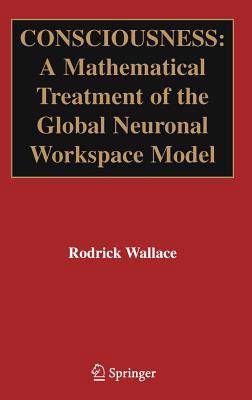
- Retrait gratuit dans votre magasin Club
- 7.000.000 titres dans notre catalogue
- Payer en toute sécurité
- Toujours un magasin près de chez vous
- Retrait gratuit dans votre magasin Club
- 7.000.0000 titres dans notre catalogue
- Payer en toute sécurité
- Toujours un magasin près de chez vous
Consciousness
A Mathematical Treatment of the Global Neuronal Workspace Model
Rodrick WallaceDescription
This book makes formal, detailed application of "the informational turn in philosophy" to the global neuronal workspace (GNW) model of consciousness. It uses an extended statistical model of cognitive process to incorporate the effects of embedding physiological, social, and cultural contextual constraints which operate more slowly than the workspace itself, but severely limit the possible realms available to that workspace, and hence to consciousness itself. This is the first formal, comprehensive, and reasonably rigorous, mathematical treatment of the GNW and is the only one to include the effects of embedding contexts in a 'natural' manner.
Spécifications
Parties prenantes
- Auteur(s) :
- Editeur:
Contenu
- Nombre de pages :
- 116
- Langue:
- Anglais
Caractéristiques
- EAN:
- 9780387252421
- Date de parution :
- 14-04-05
- Format:
- Livre relié
- Format numérique:
- Genaaid
- Dimensions :
- 162 mm x 244 mm
- Poids :
- 362 g

Les avis
Nous publions uniquement les avis qui respectent les conditions requises. Consultez nos conditions pour les avis.






